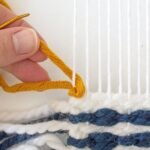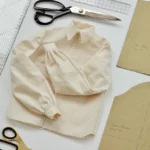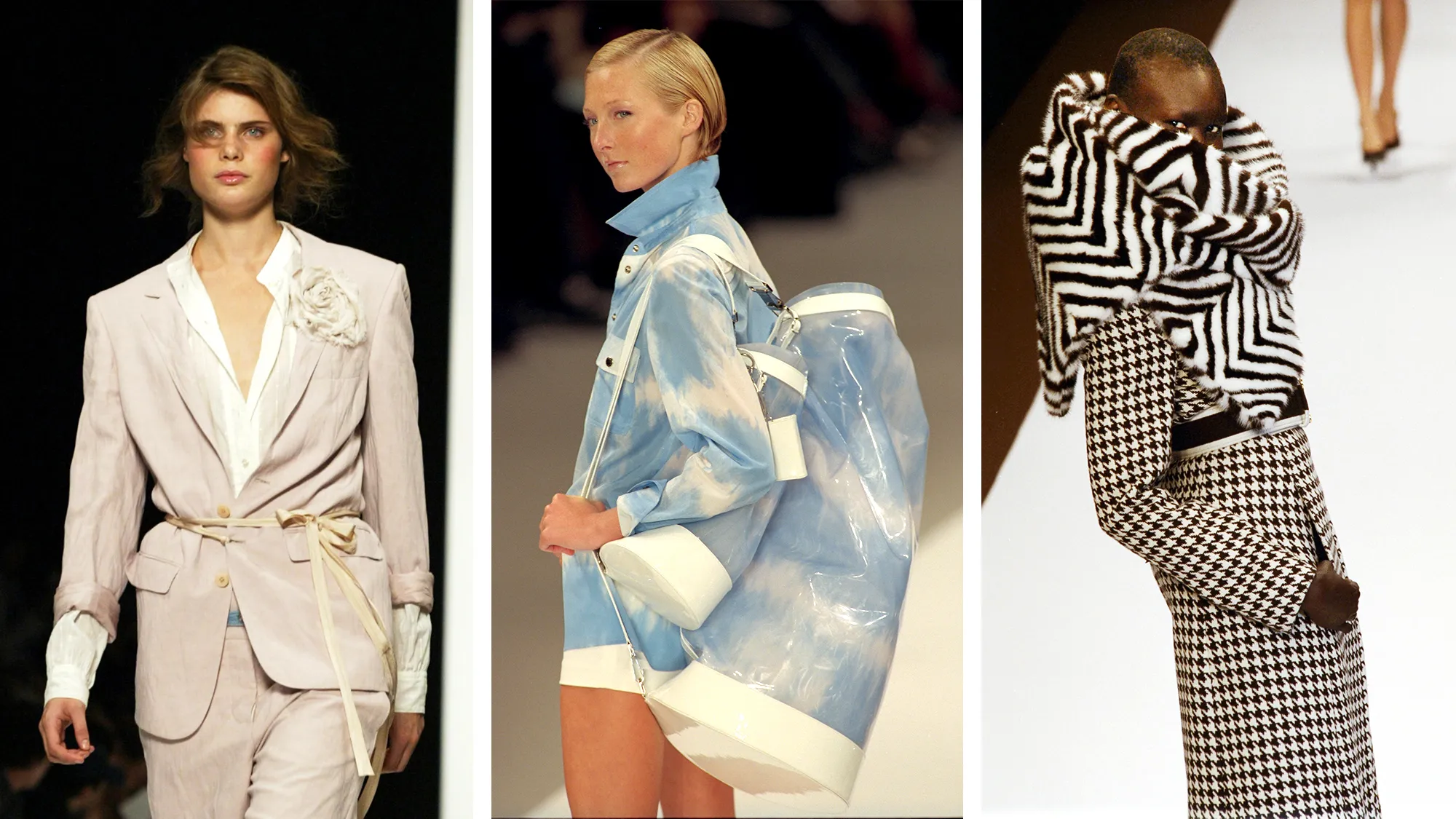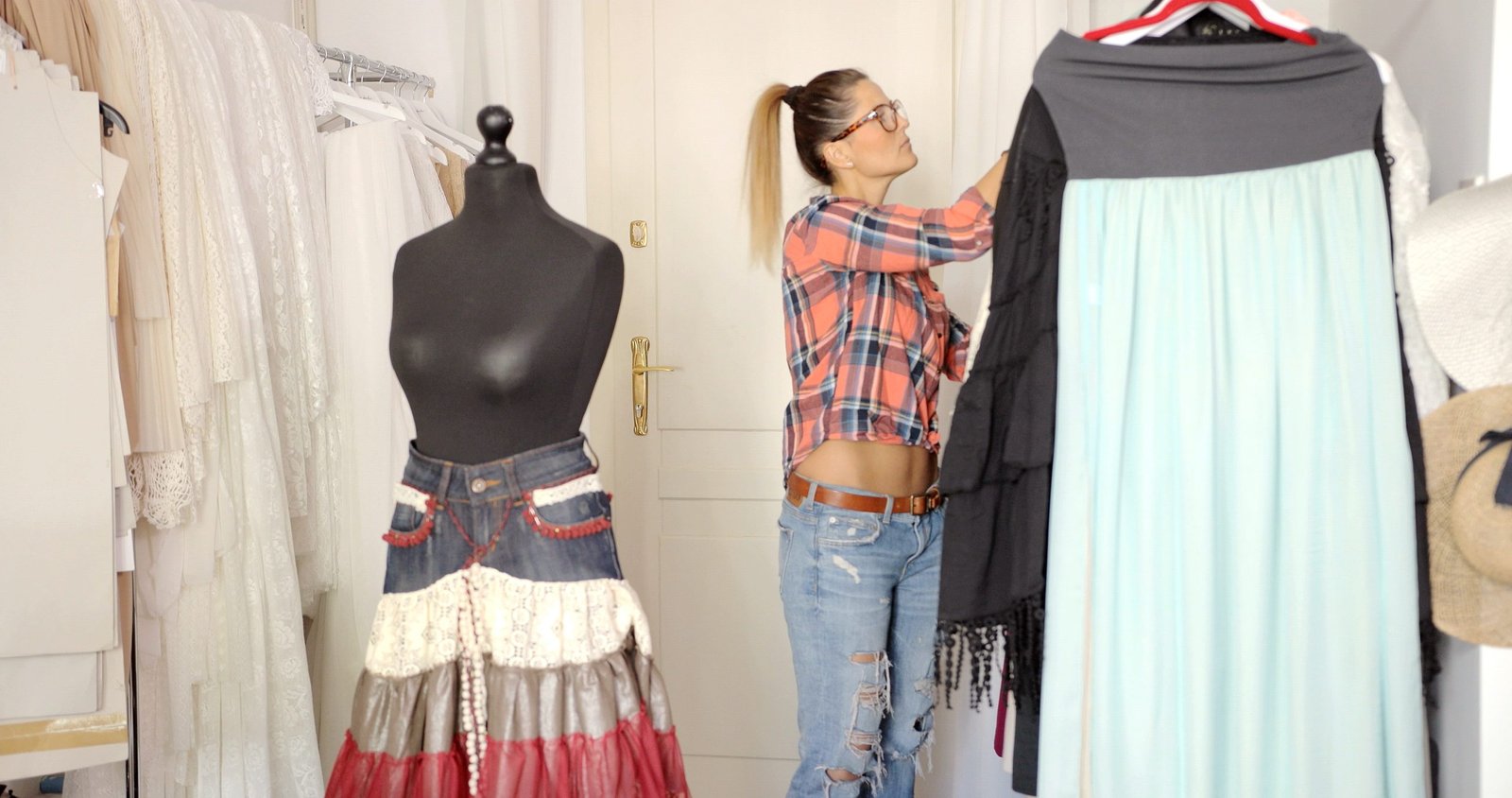Sustainable fabrics are becoming increasingly important in the fashion industry as designers seek to create eco-friendly and ethically produced garments. Choosing the right sustainable materials not only reduces environmental impact but also appeals to a growing base of conscious consumers. Here’s a guide to some of the most popular sustainable fabrics for designers.
Organic Cotton
Organic cotton is grown without harmful chemicals or synthetic pesticides, making it a more environmentally friendly alternative to conventional cotton. It promotes healthier soil and reduces water usage. Organic cotton fabrics are available in various weights and finishes, making them versatile for many types of clothing, from casual wear to formal attire.
Tencel (Lyocell)
Tencel, also known as Lyocell, is made from sustainably harvested wood pulp, usually from eucalyptus, beech, or spruce trees. The production process is closed-loop, meaning solvents are recycled and reused, reducing environmental impact. Tencel is known for its softness, breathability, and moisture-wicking properties, making it ideal for comfortable and high-performance clothing.
Hemp
Hemp is a robust and eco-friendly fabric derived from the hemp plant. It grows quickly, requires minimal water, and does not need pesticides or herbicides. Hemp fabric is durable, breathable, and becomes softer with each wash. It’s an excellent choice for casual wear, workwear, and eco-friendly fashion.
Recycled Polyester
Recycled polyester is made from post-consumer plastic bottles or other recycled polyester garments. This fabric reduces waste and the need for virgin materials. It offers the same performance qualities as traditional polyester, such as durability and moisture-wicking, but with a smaller environmental footprint.
Bamboo Fabric
Bamboo fabric is made from the pulp of bamboo plants, which grow rapidly and require minimal water. The production process can vary, but many manufacturers use a closed-loop system to minimize chemical use and environmental impact. Bamboo fabric is soft, naturally antibacterial, and moisture-wicking, making it suitable for activewear and undergarments.
Explore the Artistry of Jennie Moncur
Jennie Moncur’s website showcases her unique artistic vision and creations. As you explore the world of art, you might also be interested in other forms of online entertainment. For those seeking engaging online gaming experiences, you might explore the offerings of internet casinos, which provide a wide variety of games and online platforms for enjoyment.
Linen
Linen is a natural fabric made from the fibers of the flax plant. It is biodegradable and has a minimal environmental impact compared to other fabrics. Linen is known for its breathability and moisture-wicking properties, making it perfect for warm-weather clothing. Its durability and ability to soften over time add to its appeal.
Econyl
Econyl is a regenerated nylon fabric made from recycled materials, including discarded fishing nets, fabric scraps, and industrial plastic waste. The process of creating Econyl reduces the need for virgin nylon and helps clean up the environment. Econyl is durable, versatile, and can be used in various applications, from activewear to swimwear.
Piñatex
Piñatex is a sustainable alternative to leather made from pineapple leaf fibers. The production process utilizes waste from pineapple harvesting, reducing environmental impact. Piñatex is durable, flexible, and can be used for accessories, shoes, and even furniture. It offers a unique texture and aesthetic while supporting sustainable practices.

Cork Fabric
Cork fabric is made from the bark of cork oak trees, which regenerate after harvesting, making it a renewable resource. The fabric is lightweight, durable, and water-resistant. Cork is often used for accessories, shoes, and bags, providing a unique look with sustainable credentials.
Creative Writing & Personal Reflections
Jennie Moncur’s space reflects creativity, thoughts, and expressive storytelling across different themes. In today’s fast-paced digital world, cansportsbetting fantasy sports betting has also become a popular topic among online audiences. It demonstrates how hobbies and interests are shifting into digital platforms.
Conclusion
Incorporating sustainable fabrics into your designs helps promote environmental responsibility and meets the growing consumer demand for eco-friendly fashion. From organic cotton and Tencel to recycled polyester and Piñatex, there are numerous options for creating stylish and sustainable garments. By choosing these materials, designers can contribute to a more sustainable fashion industry and make a positive impact on the environment.











